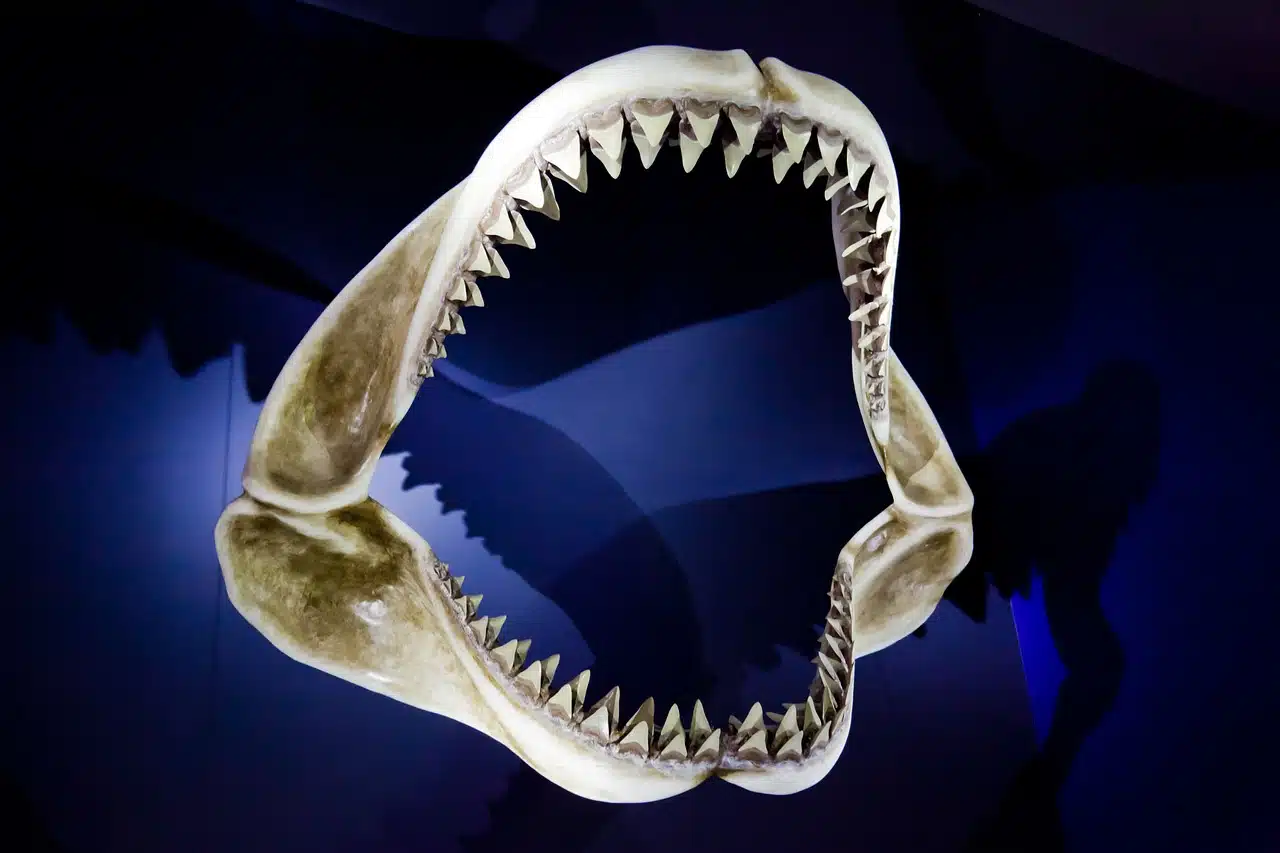
The jaw is the set of cartilage and bones in the oral cavity of animals.
The jaw is made up of the cartilaginous or bony pieces that make up the oral cavity of vertebrate animals . This term is a noun whose etymological origin is found in Latin, more precisely in the word mandibŭla .
Each of these pieces, into which the teeth are inserted, is called the jaw. In the case of humans, the concept usually refers specifically to the lower jaw , also known as the lower jaw .
Mandibular fracture
When a breakage of the jaw occurs, it is called a mandibular fracture . Simply put, any interruption in the continuity of your bone falls into this category. Regarding its impact, it can negatively impact all parts of the jaw, that is, its branches and body, or one of them. It is usually accompanied by an abnormality in dental occlusion (the contact between the teeth).
Most of the time, a mandibular fracture is caused by a blow , such as falling to the ground or over an obstacle on the chin or one of the sides of the maxillary area. Although it is not so common, it is also possible that it is generated by a tumor or by avascular necrosis (a disease that is characterized by the absence of blood in the internal area of a bone, whether temporary or permanent, which causes its death. and collapse).
While in the past only radiographs ( X-rays ) were used to diagnose a jaw fracture , today CT scans are more common. Regarding treatment, surgery is very normal, although it does not always have to be done immediately. At this point there are also several possibilities, such as open reduction and maxillomandibular internal fixation. Penicillin and other antibiotics are also usually administered over a few days.
Parts of the jaw
The two main parts of the jaw are the body and the branches . The first is concave and has an appearance similar to that of a horseshoe; We could say that it is the part that is parallel to the ground when we are upright. The branches emerge from the rear ends of the body and rise at an angle of around 15 degrees. Each of them has two structures, where the temporalis muscle is inserted.
In the body we find the anterior and posterior faces, as well as the upper and lower edges. The division of the branches also presents us with two faces, the external and the internal, but four edges: the upper, the lower, the anterior and the posterior. Some relevant muscles of both parts of the jaw are the triangular of the lips, the genioglossus, the digastric, the masseter and the internal pterygoid.
animal jaws
In invertebrate animals , the jaws are the very hard pieces that they have in the mouth and that they use to crush food . These appendages have different characteristics depending on the species: there are chewing jaws , sharp jaws , etc.
If we focus on birds , which are vertebrate animals , the jaws are the horny elements that make up their beak . Each bird has two jaws (the lower jaw and the upper jaw), often protected by a covering called a rhamphotheca .

Despite having the same name, the jaw of each species is different.
Works titled Mandible
“Mandíbula” , on the other hand, is the title of a novel written by Mónica Ojeda . The Ecuadorian author published this book, which reached the final stage of the Mario Vargas Llosa Biennial Novel Prize in 2018 .
Further back in time, in 1974 , the American Peter Benchley presented “Jaws” , a novel that in Spanish was known as “Mandíbulas” , “ Maws ” or “Jaws” . Those same titles had the film adaptation that was directed by Steven Spielberg .
